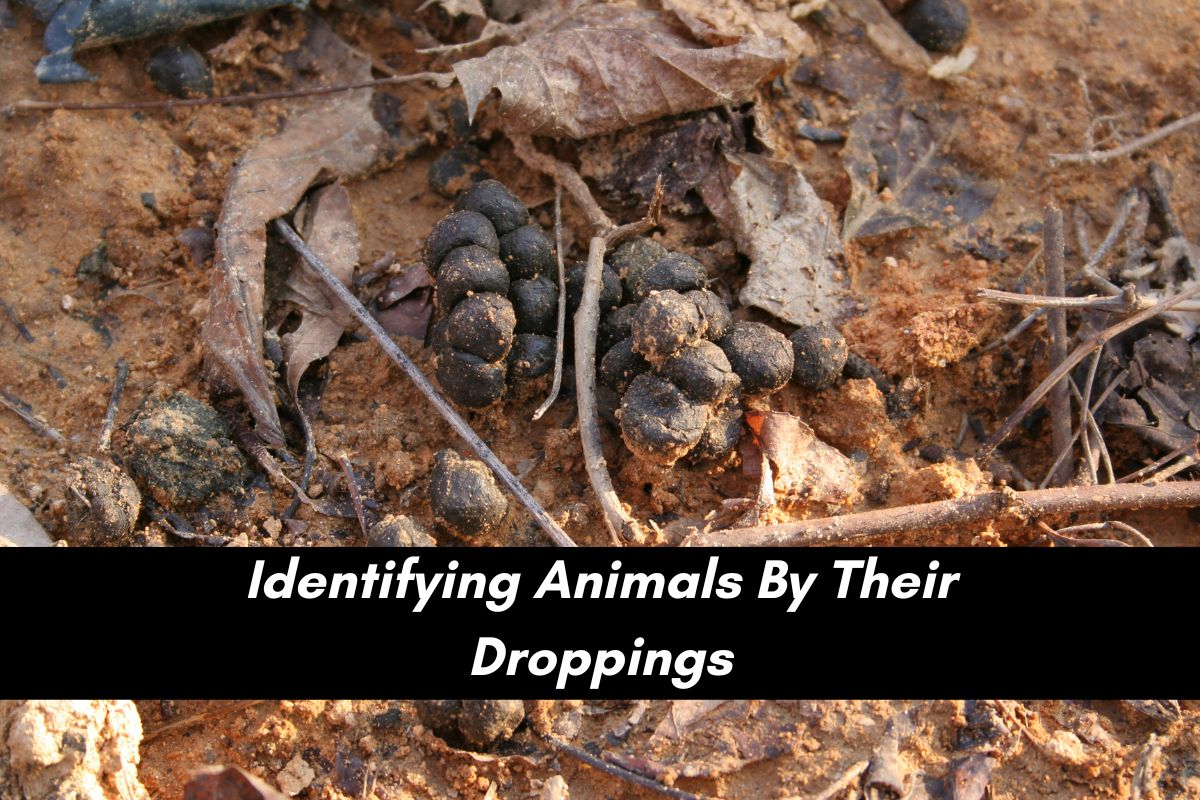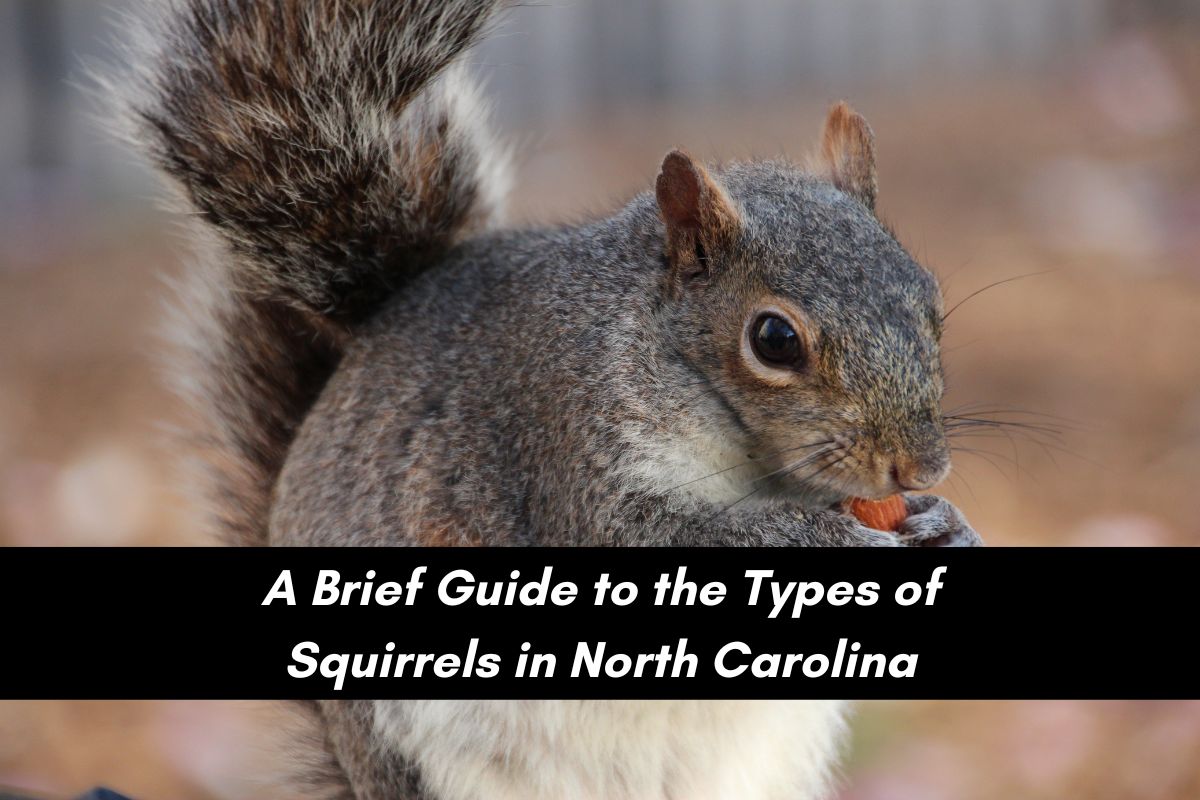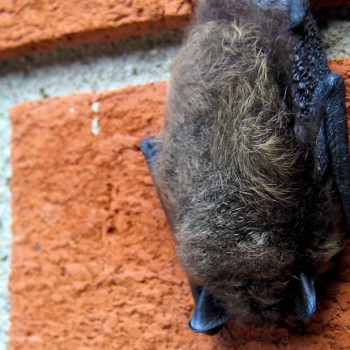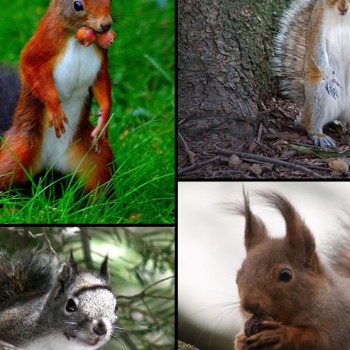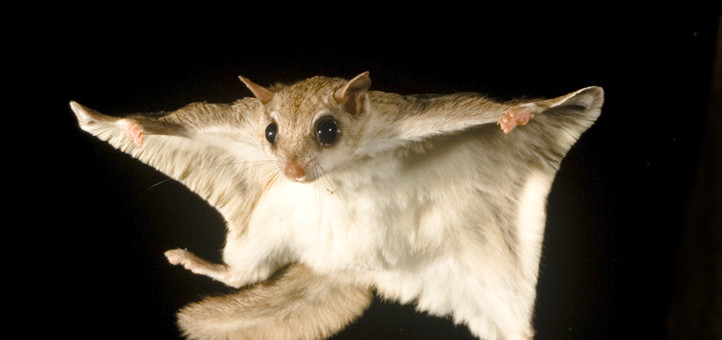
Southern Flying Squirrels – The Most Common Rodent You’ve Never Seen
- Posted by AdminBW
- On February 25, 2016
- 0 Comments
Believe it or not, the state of North Carolina is home to two species of flying squirrel. The endangered northern flying squirrel (Glaucomys sabrinus) is typically found near northern hardwoods in Appalachian regions of the state. Since, however, it dwells in such a tiny sliver of the state, let’s focus on it’s slightly smaller relative, the southern flying squirrel.
Description
The southern flying squirrel can be found statewide, sharing the same habitat as the gray squirrel. The reason so few North Carolinians see these little guys is because the squirrels are nocturnal and arboreal, spending almost all of their time in trees and gliding between them. They can be identified by their size (about 8 ½” to 10”, including the tail) and distinctive “cape” of skin, which is bordered in black.
First In “Flight”
Their name a bit of a misnomer, southern flying squirrels are not capable of flight; rather we can think of them as gliders or extremely agile skydivers. They leap from a treetop and stretch out their “cape.” Air fills the skin, much like a parachute, and the squirrels utilize varying levels of tension to accelerate or slow. The tail acts as a rudder, allowing the airborne rodent to whip through and around branches and other obstacles with surprising ability. The longest measured “flight” is 200 feet, though most are much shorter. The squirrel lands on its hind legs and uses its momentum to scurry to the other side of the tree upon which it landed in order to avoid detection.
Details
Southern flying squirrels prefer hardwood and pine forests and live in older trees that have cavities in which they can build their nests. This makes them a natural competitor to woodpeckers for living space. The squirrels prefer openings of approximately 1 ½” to 2”, and up to 50 roosting squirrels have been found in some trees.
The squirrels will also take advantage of birdhouses, especially in suburban areas, and some North Carolinian families have reported finding nests in their attics. A southern flying squirrel nest can be identified by finely chewed bark (usually cedar) lining the nest and soft, gathered items such as feathers, lichen, or moss making up the bed. Though flying squirrels can be noisy houseguests – they produce a birdlike chirp, not to mention the thump of multiple landings overhead – they are not generally considered a risk or threat to the home.
Homeowners with flying squirrels nesting in the walls or attic are recommended to contact their local Wildlife Damage Control Agent for suggestions on humane and non-lethal removal. North Carolinians can visit this site and select their county to find their local WDCA. For professional help, call Critter Control of the Triangle at 919-382-0651 in Raleigh, Durham, Apex, Cary NC and other cities around Wake County.




